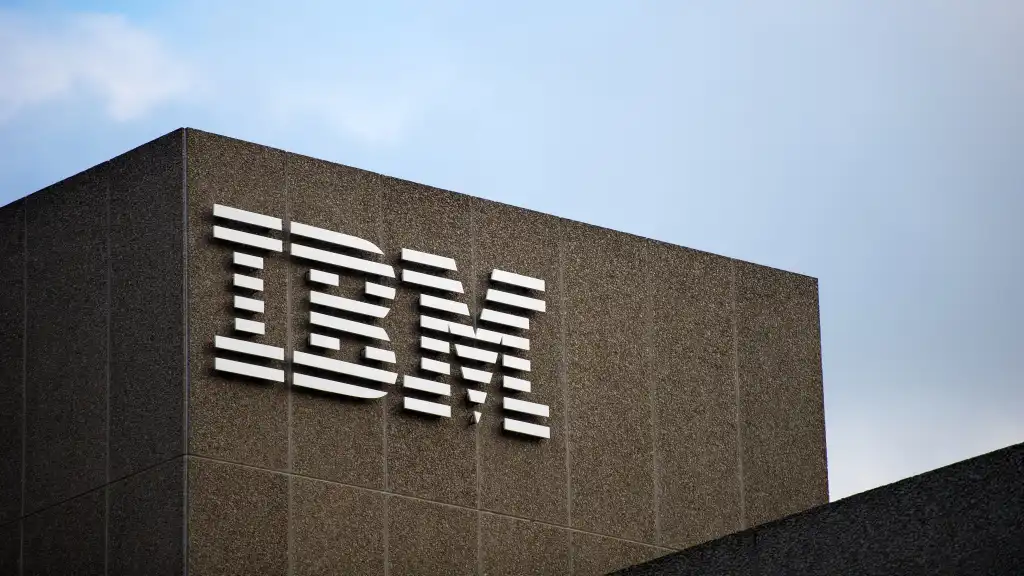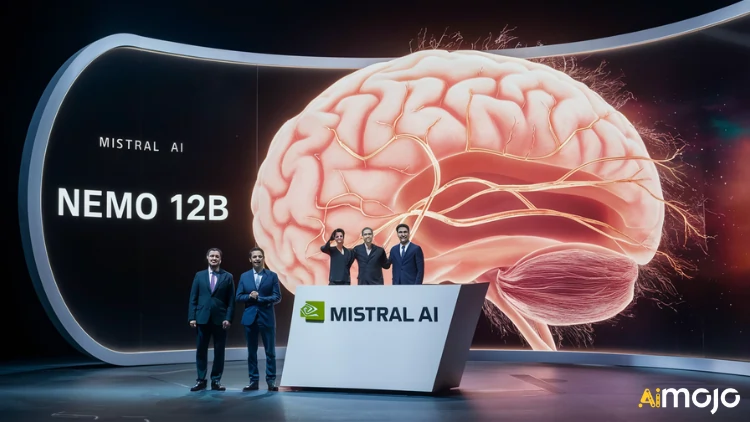Leading AI companies, including OpenAI, are pioneering innovative training techniques to address limitations in scaling and resource requirements for advanced language models. These new strategies could significantly reshape the development and application of AI.
A Shift in AI Development Paradigms
The novel approaches, exemplified by OpenAI’s recently unveiled ‘o1’ model, mimic human reasoning by breaking complex problems into manageable steps. This marks a departure from the “scaling era” of the 2010s, where progress relied heavily on larger datasets and more computational power.
According to Ilya Sutskever, co-founder of OpenAI and Safe Superintelligence (SSI), the focus is shifting toward smarter training methods. “The 2010s were the age of scaling; now we’re back in the age of wonder and discovery,” Sutskever remarked, emphasizing the importance of training efficiency over raw size.
Key Challenges in Scaling AI
AI labs face several hurdles in developing next-generation models:
- Cost: Training large models can cost tens of millions of dollars.
- Hardware Reliability: System complexity often leads to hardware failures, delaying development.
- Energy Demand: Substantial energy consumption strains power grids and raises sustainability concerns.
- Data Shortages: AI models are rapidly depleting available datasets, necessitating innovative solutions.
Innovative Solutions on the Horizon
One promising technique, test-time compute, allocates additional processing resources to challenging tasks, enabling models to simulate human-like decision-making. This method allows real-time generation of multiple potential solutions, improving model accuracy and efficiency.
Noam Brown, an OpenAI researcher, highlighted the potential of such approaches. At a recent TED AI conference, Brown revealed that allowing a bot to “think” for just 20 seconds during a poker game produced performance gains equivalent to scaling the model by 100,000 times. This underscores the potential of smarter computation over brute-force scaling.
Implications for the AI Ecosystem
The adoption of these advanced training techniques could impact major players like Nvidia, whose dominance in AI chip manufacturing might be challenged. The evolving demands for more efficient hardware could open the market to new competitors, diversifying the landscape of AI hardware suppliers.
A New Era of AI Development
As AI companies refine their training methods, the industry stands on the brink of transformative changes. These innovations promise not only more powerful and efficient AI systems but also a more competitive and sustainable ecosystem.
Sources: https://www.artificialintelligence-news.com/news/o1-model-llm-ai-openai-training-research-next-generation/, https://www.eidesign.net/ai-in-training-how-artificial-intelligence-is-transforming-the-learning-technology-landscape/






